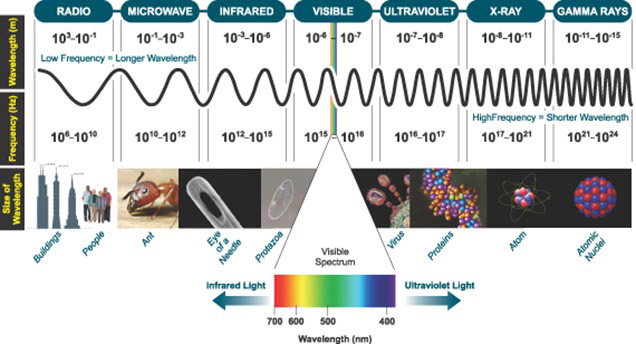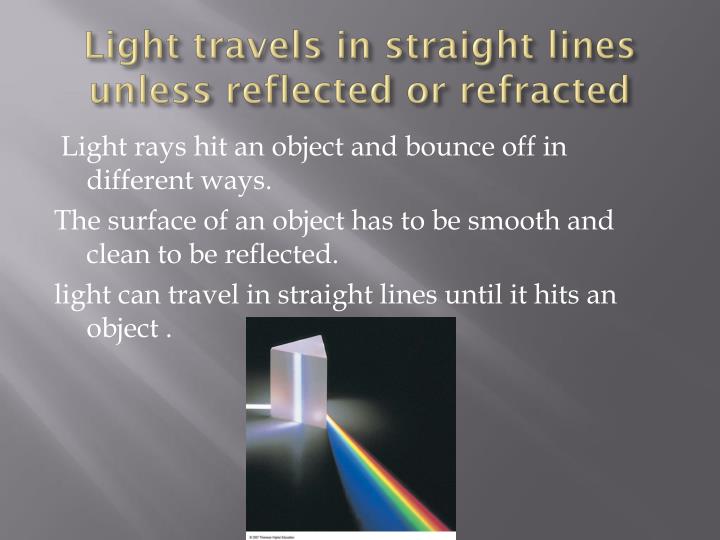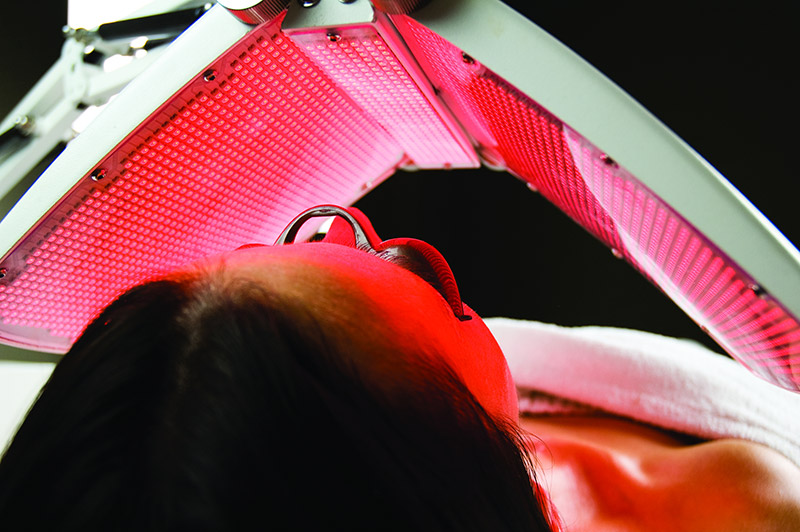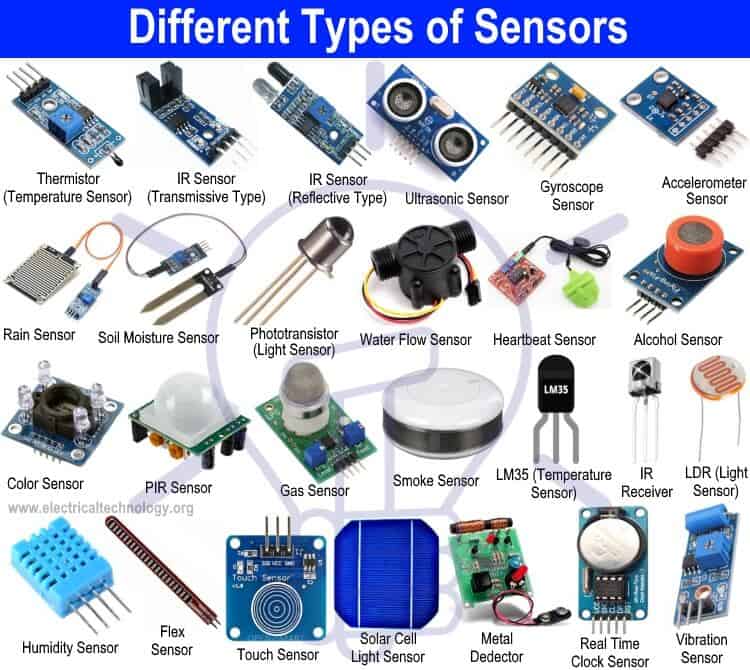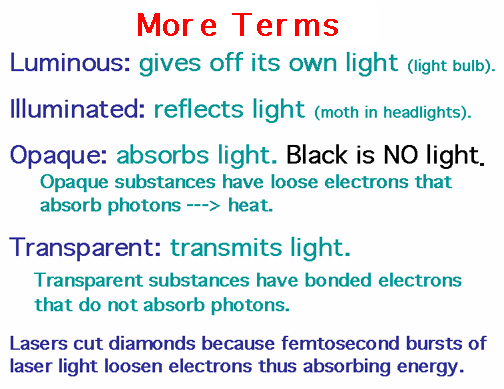Applications And Properties Of Light Presentation
| Introduction to Applications and Properties of Light | ||
|---|---|---|
| Light is a form of electromagnetic radiation that is visible to the human eye. It is essential for our daily lives and has numerous applications in various fields. Understanding the properties of light allows us to harness its power for practical purposes. | ||
| 1 | ||
| Properties of Light | ||
|---|---|---|
| Light travels in a straight line until it is reflected, refracted, or absorbed. It has a dual nature, behaving both as a particle (photon) and a wave. The speed of light in a vacuum is approximately 299,792,458 meters per second. | ||
| 2 | ||
| Applications in Communication | ||
|---|---|---|
| Fiber-optic cables use light to transmit data over long distances with minimal loss. Laser technology enables high-speed and precise data transmission in various communication systems. Optical fibers are also used in medical imaging, enabling non-invasive procedures such as endoscopy. | ||
| 3 | ||
| Applications in Medicine | ||
|---|---|---|
| Light-based therapies, such as photodynamic therapy, are used to treat various medical conditions, including cancer. Lasers are utilized in surgeries for precision cutting and cauterization. Optical imaging techniques, such as optical coherence tomography, assist in non-invasive diagnosis and monitoring of diseases. | ||
| 4 | ||
| Applications in Energy | ||
|---|---|---|
| Solar panels convert sunlight into electricity through the photovoltaic effect. Light-emitting diodes (LEDs) are energy-efficient and widely used for lighting purposes. Concentrated solar power systems use mirrors to concentrate sunlight for generating electricity. | ||
| 5 | ||
| Applications in Imaging and Photography | ||
|---|---|---|
| Cameras capture light to create images, allowing us to preserve memories and document events. Optics and lenses play a crucial role in focusing and shaping light in photography. X-ray imaging utilizes light in the form of high-energy photons to visualize bones and tissues. | ||
| 6 | ||
| Applications in Displays and Screens | ||
|---|---|---|
| Liquid crystal displays (LCDs) use light modulation to display images and videos. Organic light-emitting diodes (OLEDs) produce vibrant and flexible displays with low power consumption. Projection systems utilize light to project images and videos onto screens or surfaces. | ||
| 7 | ||
| Applications in Sensing and Detection | ||
|---|---|---|
| Light-based sensors are used in various industries for detecting and measuring parameters such as distance, motion, and temperature. Spectroscopy techniques analyze the interaction of light with matter to identify and quantify substances. Lidar systems use laser light for remote sensing and mapping applications. | ||
| 8 | ||
| Conclusion | ||
|---|---|---|
| The applications and properties of light are vast and diverse, impacting numerous aspects of our lives. Ongoing research and advancements in light-based technologies continue to revolutionize various fields. By harnessing the power of light, we can improve communication, healthcare, energy efficiency, imaging, and much more. | ||
| 9 | ||
